Introduction
Autism spectrum disorder (ASD) presents a constellation of challenges and strengths, varying greatly from person to person. It's vital to recognize this diversity and approach each individual with a tailored support system that respects their unique profile. In this article, we will explore strategies and resources for empowering Parent Advocates in navigating the complexities of supporting individuals with autism.
From understanding individual needs to promoting neurodiversity and self-advocacy, we will delve into the importance of inclusive policies, effective communication, collaborative teams, and building support networks. By embracing these tools and insights, Parent Advocates can confidently navigate challenges and ensure the well-being of their children.
Understanding Autism and Individual Needs
Autism spectrum disorder (ASD) presents a constellation of challenges and strengths, varying greatly from person to person. It is crucial to acknowledge this variety and address every person with a customized assistance system that honors their distinct profile. For instance, consider the story of Lil, a 17-year-old transitioning from a special school to a new environment. This period can be fraught with difficulties for those on the spectrum due to the uncertainty of change. By creating a supportive transition plan, like the one possibly provided by Friends of St James Park, we can alleviate the stress associated with change, offering a blend of community integration and skill development.
The significance of inclusive and fair assistance for people with autism is reiterated by Dr. David Offord's analogy of life as a race, emphasizing the requirement for an equal opportunity. Engaging children with autism in various life domains—school, home, and leisure—is crucial for their mental health and the overall fairness of our society. It's about understanding and addressing their unmet needs while valuing the unique perspectives they bring to their communities.
Furthermore, the workplace is another area where assistance for neurodivergent people is progressing. Associate Professor Hala Annabi emphasizes the importance of growth and career development for employees with autism beyond entry-level positions. The Autism @ Work Playbook advocates for an inclusive corporate culture that fosters advancement opportunities, recognizing the worth neurodivergent people bring to the workforce.
In terms of healthcare, it has been discovered that adults with autism are significantly less inclined to participate in NHS Talking Therapies for Anxiety in comparison to the general population. This discrepancy suggests a need for more accessible services that cater to the way individuals with autism spectrum disorder process information, perhaps including visual aids and considering sensory sensitivities during therapy sessions.
Taking a holistic approach, Dr. Smile's MOBSE framework at Holland Bloorview examines the intricate relationship between parent-child dynamics, anxiety, and feeding in children with autism. With a remarkable number of children with autism spectrum disorder reporting gastrointestinal issues, it's crucial to ensure that their medical and nutritional needs are addressed comprehensively.
Research on individuals with autism spectrum disorder in adulthood remains limited, with the majority of studies primarily focusing on children and adolescents. As reported by Dr. Gregory Wallace, this leaves a significant gap in our understanding of life outcomes for autistic adults. Nevertheless, efforts such as the Kevin and Avonte Program demonstrate a commitment to addressing the needs of the community affected by autism, offering resources to tackle severe behaviors such as wandering and elopement.
In conclusion, embracing neurodiversity and providing tailored assistance across all life stages and domains is crucial. Whether it's transitioning to adult life, participating in the workforce, accessing healthcare, or simply living a fulfilling life, the community affected by autism deserves equitable opportunities and comprehensive assistance tailored to their specific needs.
Educating Yourself and Others
For those championing the cause of individuals with a specific developmental disorder, staying abreast of the latest developments in research and treatment is essential. It's not just about keeping your knowledge fresh; it's about providing the most current and effective strategies in advocating for your child or those you assist. As seen with initiatives like the AI Safety Fundamentals course, updating and sharing your knowledge can help bridge the gap between interest and understanding, creating a foundation for effective advocacy and community building.
Clinicians depend on the most recent research to guide their choice of interventions, with a clear shift favoring randomized-controlled trials over quasi-experimental studies in the field of autism spectrum disorder research. This stringent criteria for selecting interventions guarantees that people with autism obtain assistance grounded on the most reliable proof. It also reflects a larger trend towards evidence-based practices in the field.
The Autism Community in Action (TACA) emphasizes the significance of accessing a range of sources to obtain comprehensive information about the condition, thereby empowering parents and advocates to make informed decisions. Similarly, initiatives like Workplace NeuroDiversity Rising demonstrate the value of inclusivity and support for NeuroDivergent individuals across different spaces.
With the growing adoption of clean energy highlighting the potential for rapid change, the community affected by autism spectrum disorder can also benefit from embracing new research and technologies that promise to improve life expectancy and quality of life. Staying informed ensures that advocacy efforts are not only passionate but also precise and up to date, ultimately fostering a better understanding of the condition across communities.
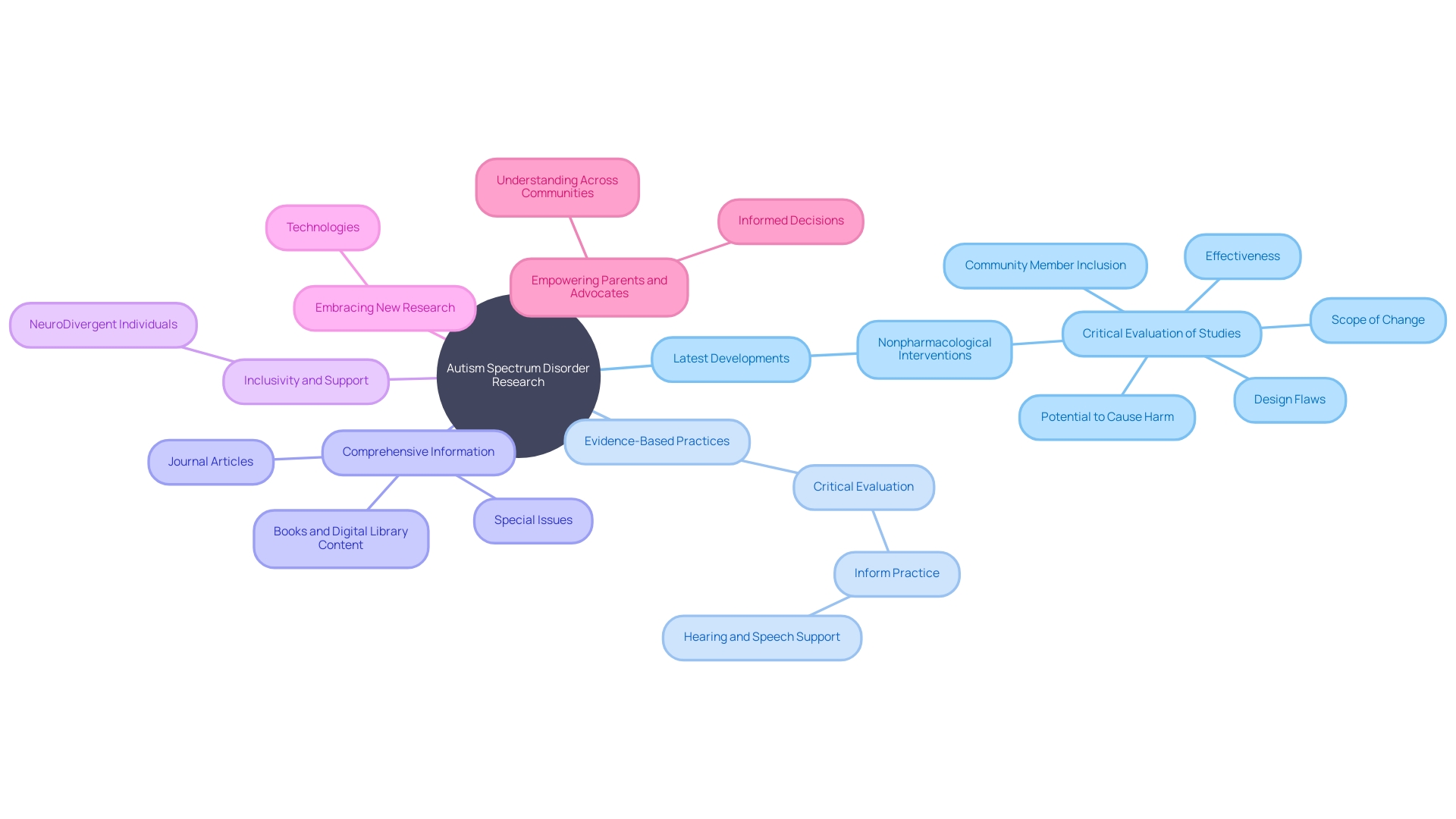
Creating Collaborative Teams
Promoting a collaborative atmosphere is crucial in supporting people with autism, where each professional plays a significant part in the comprehensive growth of the child. This includes therapists, educators, and medical experts who bring their unique expertise and perspectives to the table. By creating an 'operating system' of collaboration, we set a clear vision of the team's objectives, define the technical skills required from each member, and establish a culture of constructive collaboration. It's a dynamic process that evolves to meet changing needs and conditions, as demonstrated by the success of the Toyota Production System, a model of effective cross-functional teamwork. Moreover, with approximately 1 in 70 people being autistic in the UK, inclusive employment is not just a social responsibility but an economic imperative. Businesses that welcome diversity, including employing people with disabilities, have been proven to attain greater revenues, net income, and profit margins. Collaboration isn't just about sharing information; it's about creating a unified approach to problem-solving and continuous improvement, ensuring that every team member's contribution leads to the success and well-being of those with ASD.
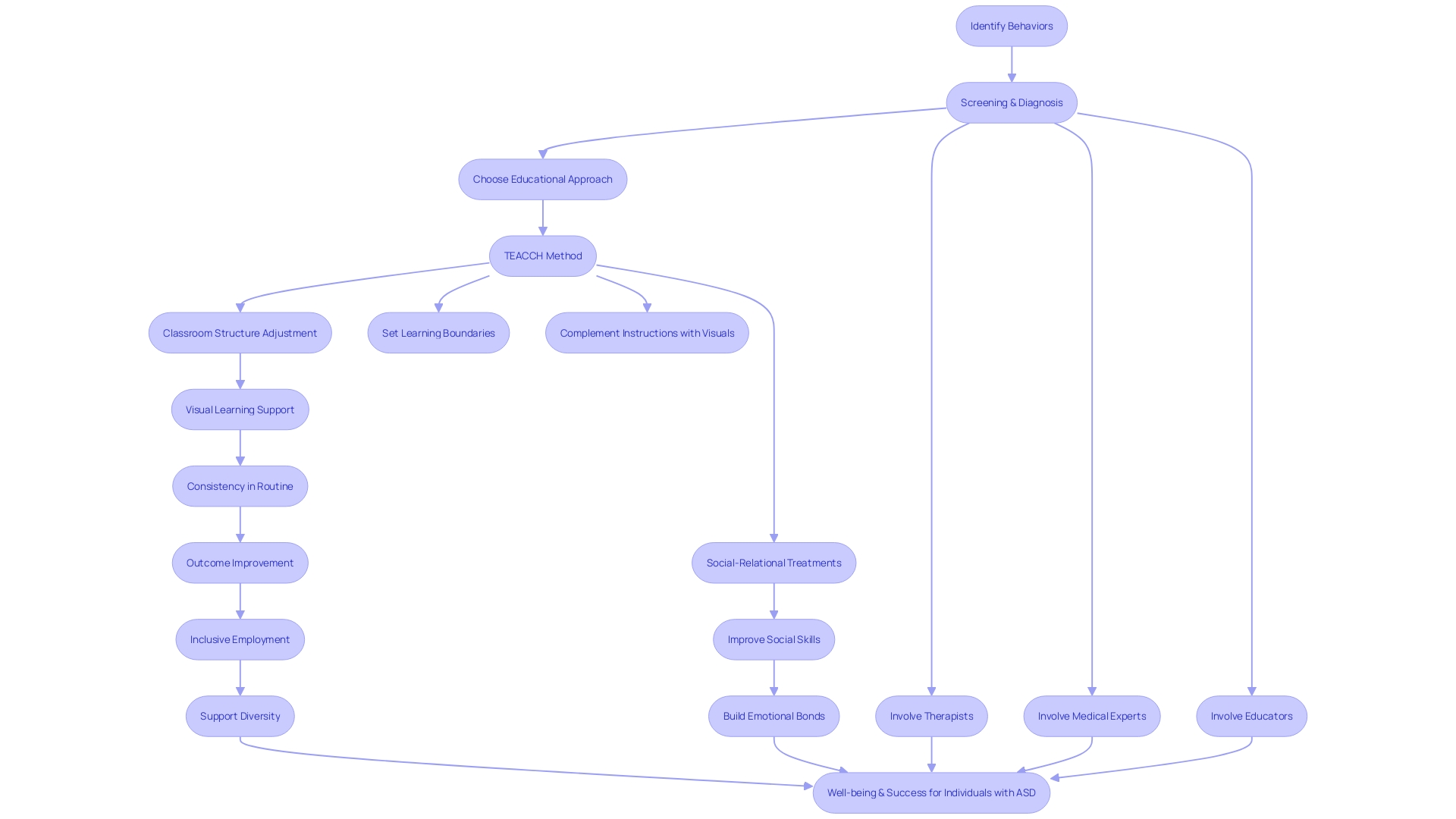
Effective Communication Strategies
Effective communication is a cornerstone in advocating for individuals with autism, aiming not only to voice their unique needs but also to create an environment where their talents can flourish. In the context of the classroom, where approximately 1 in 100 students has autism, it becomes crucial to adopt strategies that accommodate their distinctive ways of processing information. This includes embracing visual learning styles with tools like social stories and visual schedules, which resonate particularly with students who may excel in areas like math, science, and the arts.
Active listening is crucial, serving as a bridge to understanding the varied perspectives of those involved in a child with autism's care. It's about recognizing their communication strengths, whether it's making requests or expressing empathy, and addressing the challenges that may impede their academic and social success. For some, augmentative and alternative communication methods, such as the Picture Exchange Communication System (PECS), gestures, or typing, may be more effective than verbal expression. Structured questions can also facilitate conversations, allowing a clearer exchange of thoughts and emotions.
Innovative research, such as the investigation conducted by Professor Vikram Jaswal at the University of Virginia, explores the cognitive realm of nonspeaking individuals diagnosed with autism. Jaswal's innovative approach, reminiscent of the Whac-a-Mole game, reveals that these people can indeed anticipate and respond to language patterns, underscoring the importance of tailored communication methods that align with each person's abilities.
Moreover, early intervention targeting social communication—a core challenge in autism—is key. Joint attention is a crucial skill that sets the foundation for language development and social interaction. By focusing on such preverbal social communication skills, we set the stage for the child's growth in verbal communication, ultimately ensuring their voice is not only heard but understood.
As we work towards closing the divide between neurotypical and non-neurotypical communication, it's crucial to take into account the strengths and preferences of each person. With passion and a strategic approach based on executive functioning, we can strengthen the advocacy for people with autism, ensuring that they are not only supported but also celebrated for their exceptional talents.
Promoting Neurodiversity and Inclusion
Let's champion the celebration of neurodiversity, recognizing the condition as an integral part of the human mosaic. Our objective is to build inclusive spaces where individuals with autism are valued for their distinct contributions and perspectives. By acknowledging the unique strengths and abilities that come from neurodiverse minds, we foster a society that thrives on the richness of its diverse population.
Just as a garden requires a variety of plants to flourish, so does our world benefit from the myriad of ways in which people perceive and interact with their surroundings. Neurodiversity, a term that encompasses a wide range of neurological conditions from autism to ADHD and dyslexia, highlights the importance of these differences. Rather than viewing them as shortcomings, we acknowledge the 'spiky profiles' of capabilities where people may excel in certain areas while encountering challenges in others.
Initiatives like Neurodiversity Week, with activities such as 'Makaton Monday' and using British Sign Language, illustrate the power of embracing this diversity. They demonstrate that neurodiversity should not be a once-a-year conversation but an ongoing commitment to inclusivity.
The neurodiversity movement, akin to other pivotal social movements, is reshaping our understanding of equity and inclusion. It reframes the experience of individuals with autism from a disorder to a distinct neurotype, a valid way of being that enriches our communities and workplaces. By collaborating with and attentively listening to people on the autism spectrum, we guarantee that research and policies genuinely portray their real needs and aspirations.
Highlighting the significance of neurodiversity in the workplace is apparent in the collaborative endeavors to enhance employment rates and conditions for people on the autism spectrum. Through strategic partnerships and involvement of stakeholders, we can overcome the obstacles that hinder the full inclusion of neurodiverse people in the workforce.
As we advocate for neurodiversity, let's remember that every mind adds value to our collective human experience, and it is through embracing these differences that society as a whole can advance.
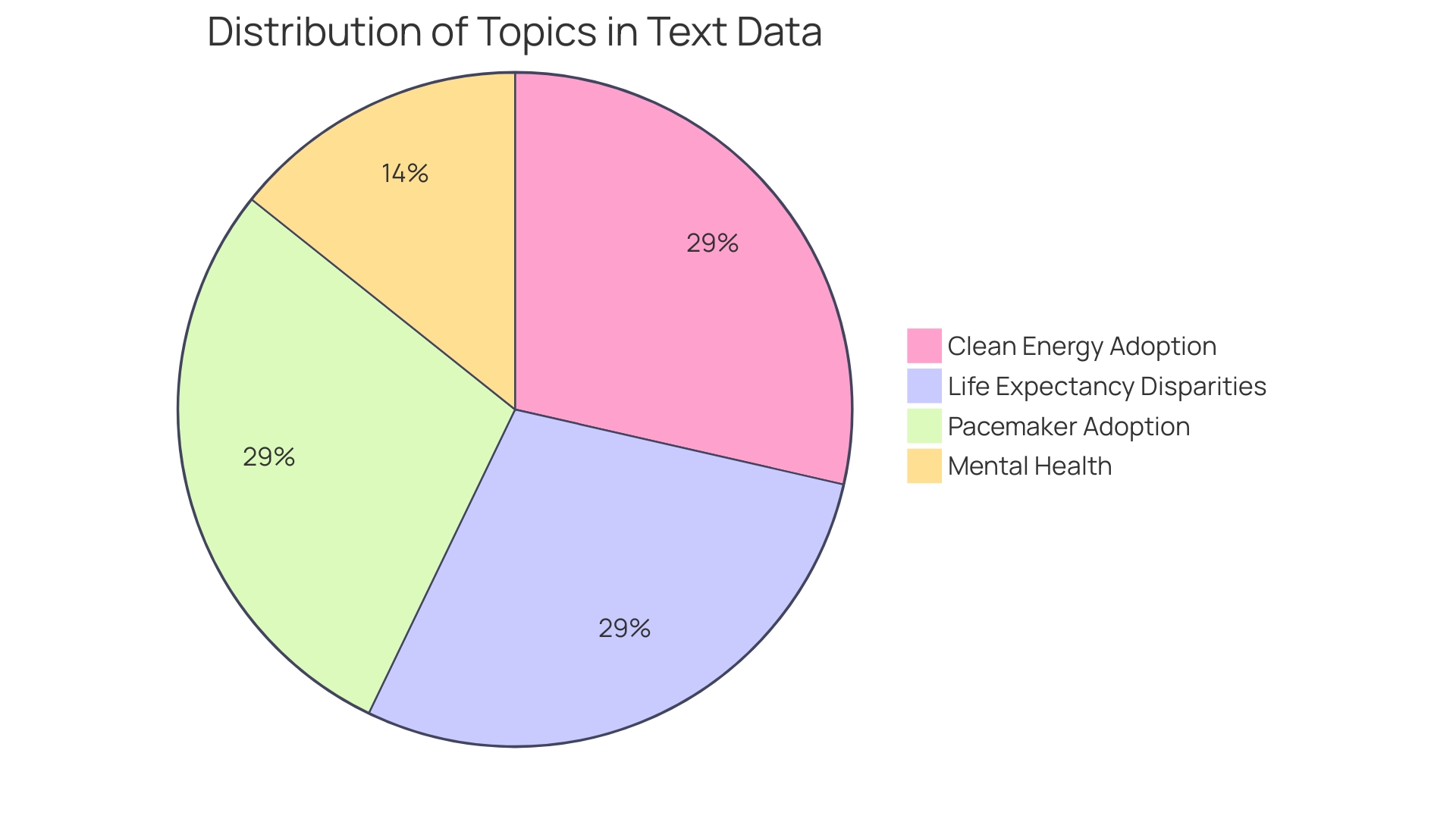
Supporting Inclusive Policies and Practices
Collaborating with organizations and legislators, we can advocate for policies that promote an environment where people with autism are embraced and treated equally. Such efforts would focus on ensuring they have the same access to quality education, healthcare, and career opportunities as everyone else. By taking this approach, we specifically target the existing disparity in employment, where just around 30% of working-age individuals on the spectrum of autism are working, which stands in stark comparison to 50% of all individuals with disabilities and 80% of individuals without disabilities. These actions could also help reduce the significant wage gap experienced by people on the autism spectrum, who earn on average one-third less than their non-disabled peers. This drive towards inclusivity aligns with the recent review that sought input from various stakeholders on how to better integrate people with autism into the workforce. Recommendations from this review aim to enhance awareness, reduce stigma, and tap into the untapped potential of autistic employees, thereby enriching our society and economy alike.
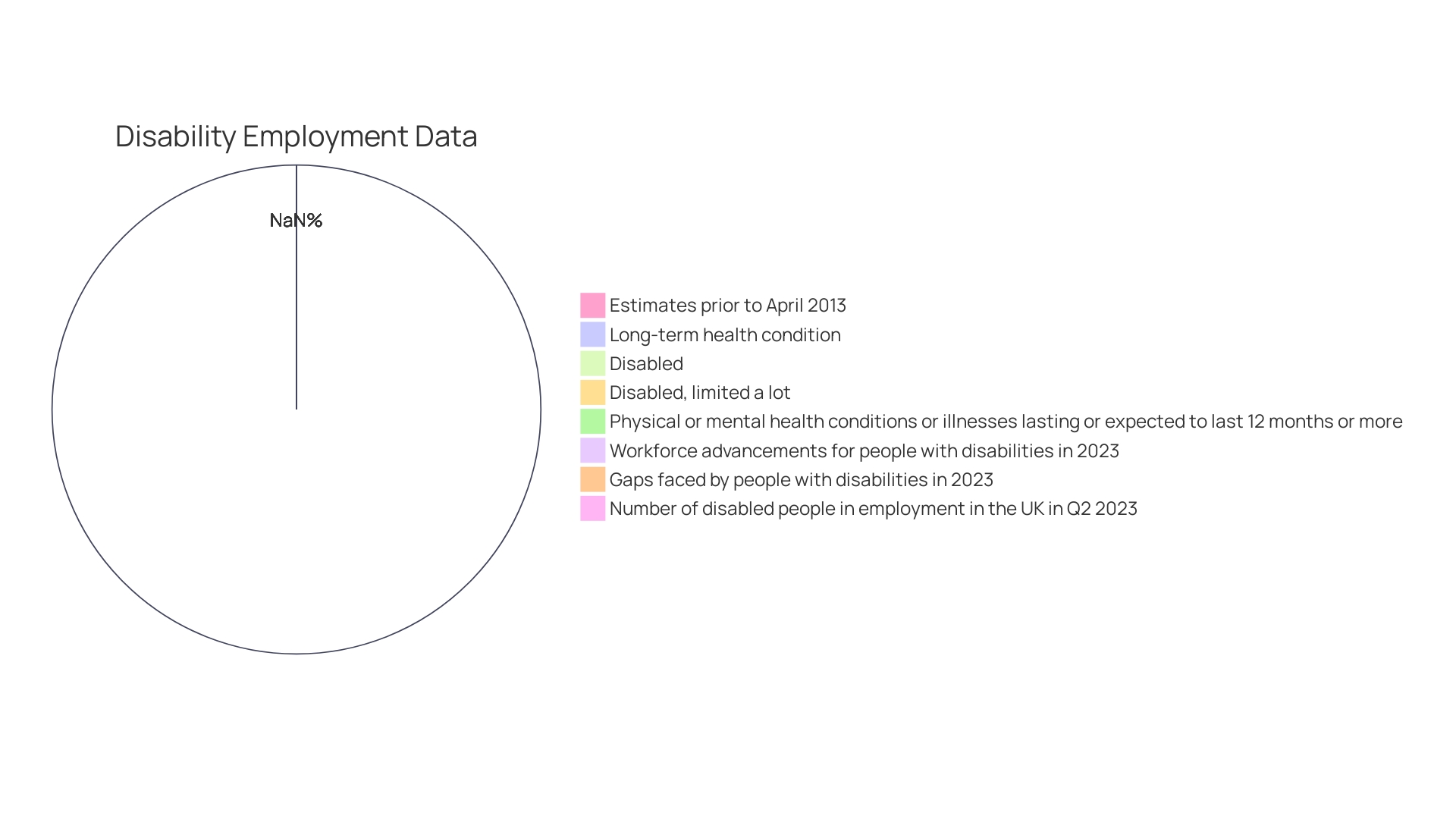
Empowering Autistic Individuals Through Self-Advocacy
Promoting self-advocacy in people with autism is a transformative process that empowers them to express their own needs, preferences, and aspirations. This empowerment is crucial as they learn to navigate their care and life decisions independently. As they develop skills in self-expression, determination, and decision-making, they are equipped to become more active participants in their lives and the wider community. This is exemplified by the story of Lil, a 17-year-old transitioning from special school to a community-based setting where her voice and preferences played a pivotal role in shaping her future. Similarly, the effect of technology in assisting communication for people who cannot speak cannot be exaggerated, as observed in the case of Mr. Harris's son, whose utilization of picture boards facilitated his capability to express himself, resulting in worldwide recognition and support for inclusive education. Research, like those conducted by Professor Vikram Jaswal, further emphasize the potential of nonspeaking autistic people to participate in literacy and communication in innovative ways. By acknowledging the diverse capabilities and potential of individuals with autism, we can aid their journey towards self-advocacy and empowerment, ultimately enriching their lives and those around them.
Strategies for Effective Advocacy in Educational Settings
Ensuring that every child, including those with disabilities, receives a fair and inclusive education is a multifaceted effort. It starts with setting an expectation of continuous inclusion as children progress from early childhood programs to elementary school. Such inclusion is bolstered by updated recommendations for state and local agencies overseeing programs like IDEA, Head Start, and public schools. It's crucial to share resources among states, local education agencies (Leas), educational service providers, and families to promote high-quality, individualized programming. These resources foster environments where children with disabilities are not just accommodated but fully integrated into the learning process.
Recent data reveals a stark reality: students with disabilities encounter significant disparities in their educational experiences. They are now a larger part of the public school population but are more likely to face punitive measures like restraint, seclusion, and suspension. These findings emphasize the requirement for strong backing systems that uphold the rights of these students.
The Universal Design for Learning (UDL) framework exemplifies how educational environments can cater to a diverse range of needs. By making learning spaces and materials accessible, UDL benefits all students, not just those with disabilities. Adopting such frameworks and ensuring they're applied universally is a step towards a more equitable education system.
As advocates, passion is essential, but to create meaningful change, we must also harness executive function skills. These skills help us strategize, organize, and execute plans to facilitate educational reforms that benefit every learner. By asking critical questions about the assumptions behind educational activities, we can adjust our strategies to ensure that all students have the opportunity to succeed.
The challenges are further highlighted by the socioeconomic disparities affecting education. Gifted children from low-income households may lack access to essential resources like testing and advanced classes, which can impede their recognition and assistance in the educational system. Therefore, advocating for policies and resources that address these inequities is paramount.
In conclusion, navigating the educational system as an advocate for children with disabilities is a complex but critical endeavor. By utilizing legal protections, engaging in regular communication with educators, and employing inclusive educational frameworks like UDL, we can work towards a system that values and supports every child's learning journey.
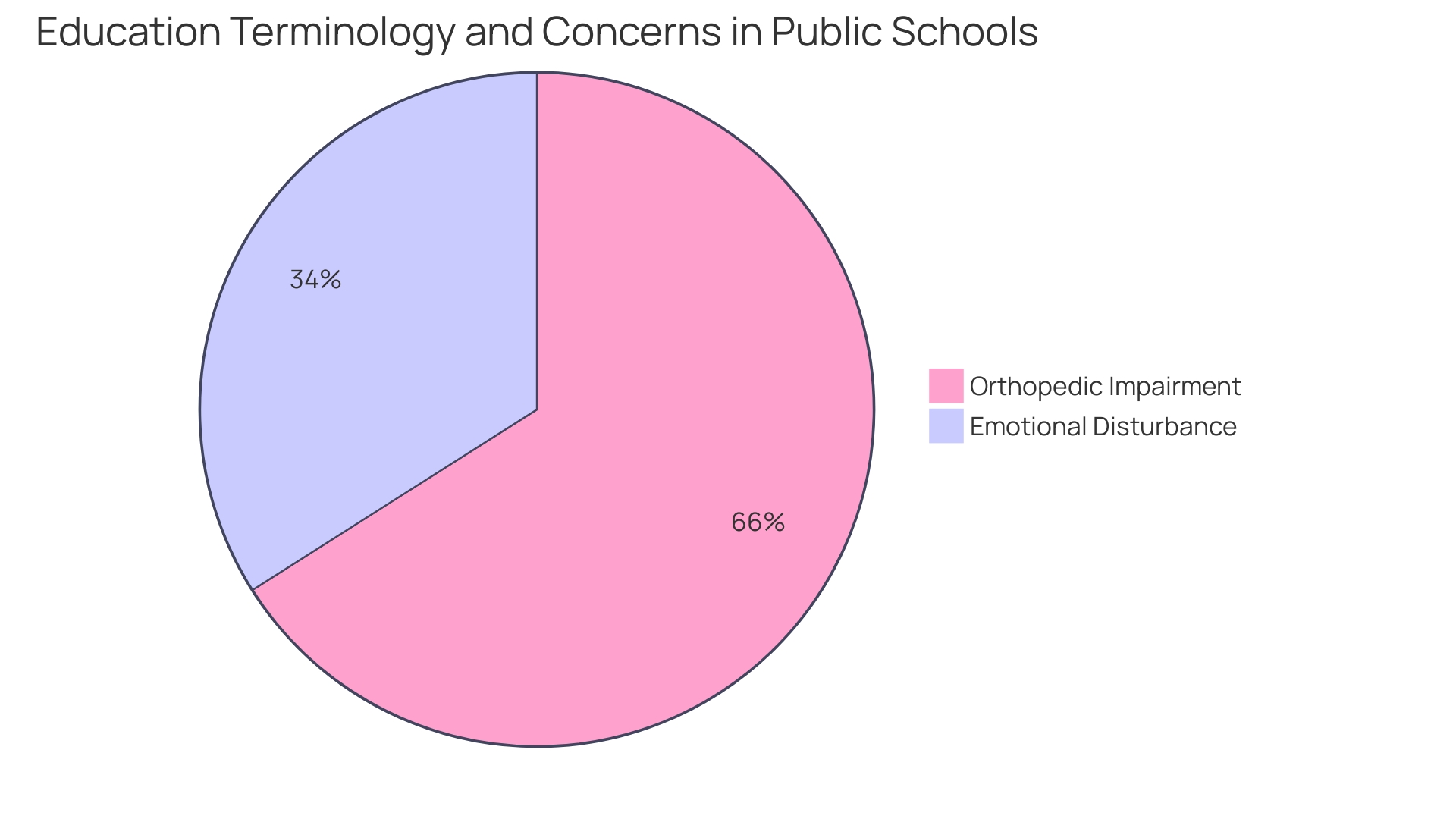
Building Support Networks and Community Engagement
Establishing a network of allies and resources is crucial in advocating for individuals with autism spectrum disorder. Initiatives like AutSPACEs, a program co-designed by the autistic community to make public spaces more accessible, demonstrate the power of collaborative efforts. By engaging in such community-led projects, you not only contribute to meaningful change but also join a group of like-minded people who understand the challenges and triumphs of advocating for autism. Similarly, engaging in programs such as The Kevin and Avonte Program, which concentrates on preventing wandering incidents, enhances the combined power of the community in safeguarding individuals with autism spectrum disorder. Support can also come through advocacy groups like The Arc, which collaborates with health foundations to enhance mental health services for people with developmental disabilities. Remember, your involvement can have a significant impact, as echoed by NEXT for AUTISM's call to action for inclusive assistance. Collaborating with other advocates, whether through local events or online platforms, strengthens your network and empowers you to create an impact in the autism community.
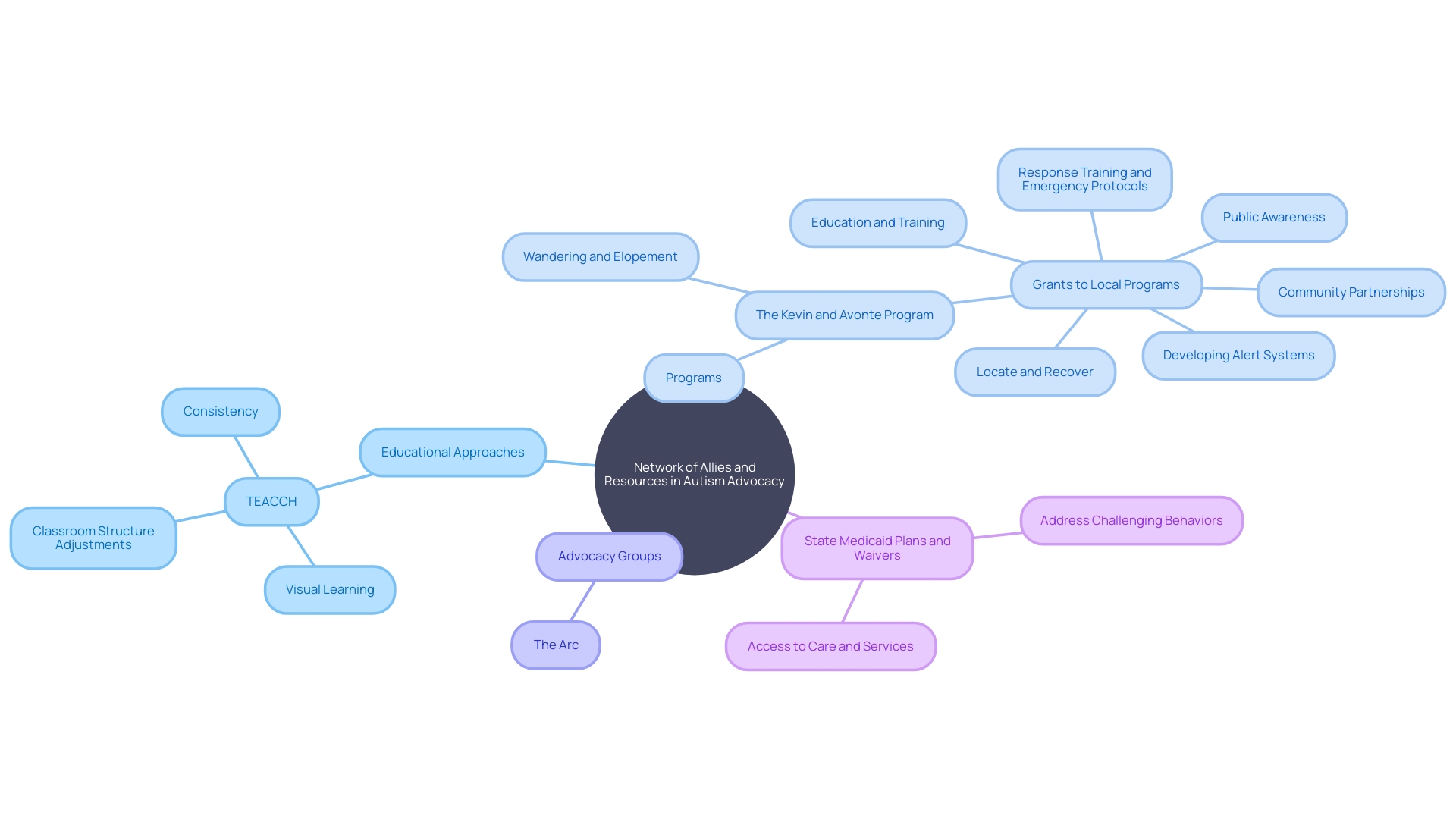
Navigating Complex Situations and Conflicts
Navigating advocacy often means dealing with intricate situations and conflicts that can arise. It's crucial to approach these with strategies that are constructive and uphold respect. At times, seeking mediation or professional assistance may be the wisest course to resolve disputes effectively. Keeping the child's best interests at the forefront is paramount, and finding solutions that nurture their well-being is the ultimate goal. The path of advocacy is not devoid of its challenges, and it's crucial for advocates to also take care of their own well-being and seek assistance when it's necessary.
The approach to framing concerns is important; it could be a specific request in support of legislation or a general expression of concern backed by a personal narrative. Understanding the priorities and agendas of legislators is beneficial as it could influence their policy decisions. Being an effective advocate also requires a deep understanding of the organization's mission and goals. In the heat of critical discussions, emotions can run high, and it's essential to keep the focus on what the organization stands for and its objectives. This clarity can help navigate through layers of complex issues.
Amidst adversity, such as the global pandemic, where over 265,000 children have lost a caregiver, the importance of advocacy is magnified. The pandemic has hit minoritized communities hard, making the role of advocates even more crucial in supporting those who are most vulnerable. Effective advocacy combines passion with executive functioning—planning, organizing, and executing tasks—to inspire action and drive meaningful change within communities.
Conclusion
In conclusion, supporting individuals with autism requires a tailored approach that respects their unique needs and strengths. By promoting neurodiversity and inclusion, creating collaborative teams, employing effective communication strategies, supporting inclusive policies and practices, empowering self-advocacy, navigating complex situations, educating oneself and others, and building support networks, Parent Advocates can confidently navigate the complexities of supporting individuals with autism.
Understanding individual needs is crucial. By creating supportive transition plans and addressing unmet needs, we can alleviate stress and promote growth. Inclusive policies and practices ensure equal access to education, healthcare, and career opportunities, reducing disparities and promoting equity.
Effective communication strategies, such as embracing visual learning and active listening, create an environment where individuals with autism can thrive. Fostering self-advocacy empowers individuals to articulate their needs and aspirations, enabling them to become active participants in their lives and communities.
Collaboration and teamwork are essential. By fostering a collaborative environment and embracing inclusive employment practices, we can ensure every team member's contribution leads to success.
Educating oneself and others is crucial. By staying informed and sharing knowledge, Parent Advocates can bridge the gap between interest and understanding.
Building support networks and engaging with the community amplify the collective strength of the autism community. By joining forces with like-minded individuals and participating in community-led projects, Parent Advocates can contribute to meaningful change.
Navigating complex situations requires constructive strategies and a focus on the child's best interests. Seeking mediation when needed and prioritizing self-care are crucial aspects of effective advocacy.
In conclusion, by embracing these strategies, Parent Advocates can confidently support individuals with autism. Together, we can ensure their well-being and empowerment, fostering a society that celebrates neurodiversity and values the unique contributions of every individual.




